Israelis and Palestinians navigated mixed
emotions of celebration and uncertainty,
humanitarian aid reached to Gaza
Web Desk
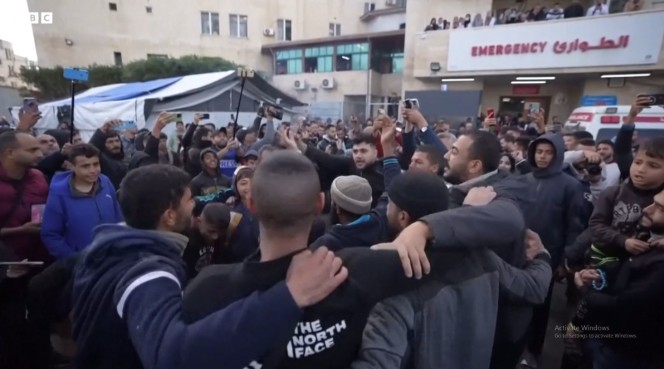
Gaza: After 15 months of intense conflict, a ceasefire between Israel and Hamas has brought a brief moment of relief to both sides. Three Israeli hostages were released from Hamas captivity, and Israel freed 90 Palestinian prisoners. While both Israelis and Palestinians navigated mixed emotions of celebration and uncertainty, the ceasefire allowed for humanitarian aid to reach Gaza, offering a glimpse of hope for rebuilding lives.
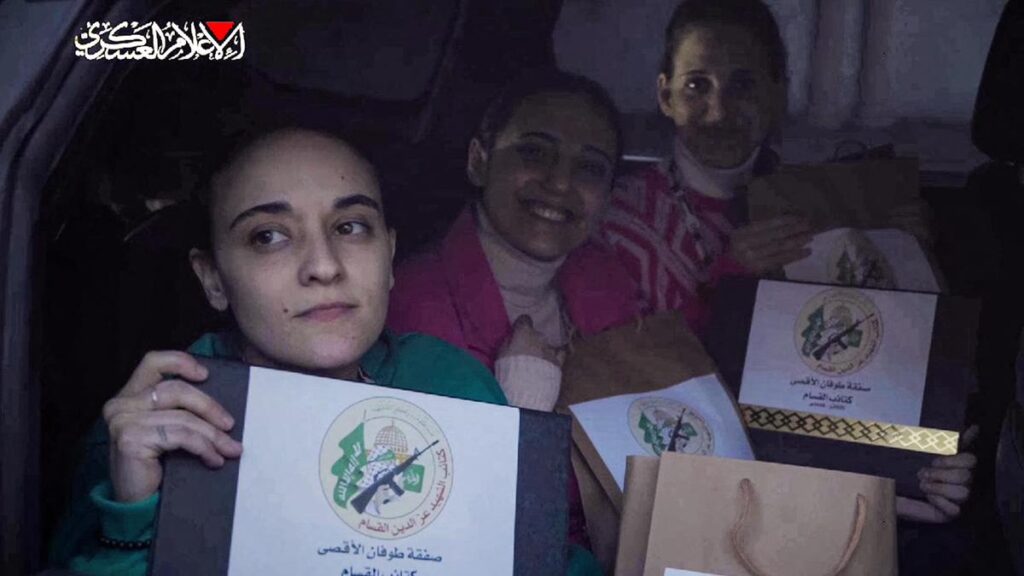
Hostage and Prisoner Swap Signals New Phase
On Sunday, the ceasefire led to the release of three Israeli hostages—Romi Gonen, Doron Steinbrecher, and Emily Damari—who were reunited with their families in Israel. Prime Minister Benjamin Netanyahu expressed his nation’s relief, calling the reunion a symbol of national unity. In exchange, 90 Palestinian prisoners were released from Israeli jails, sparking emotional reunions as families celebrated their return.
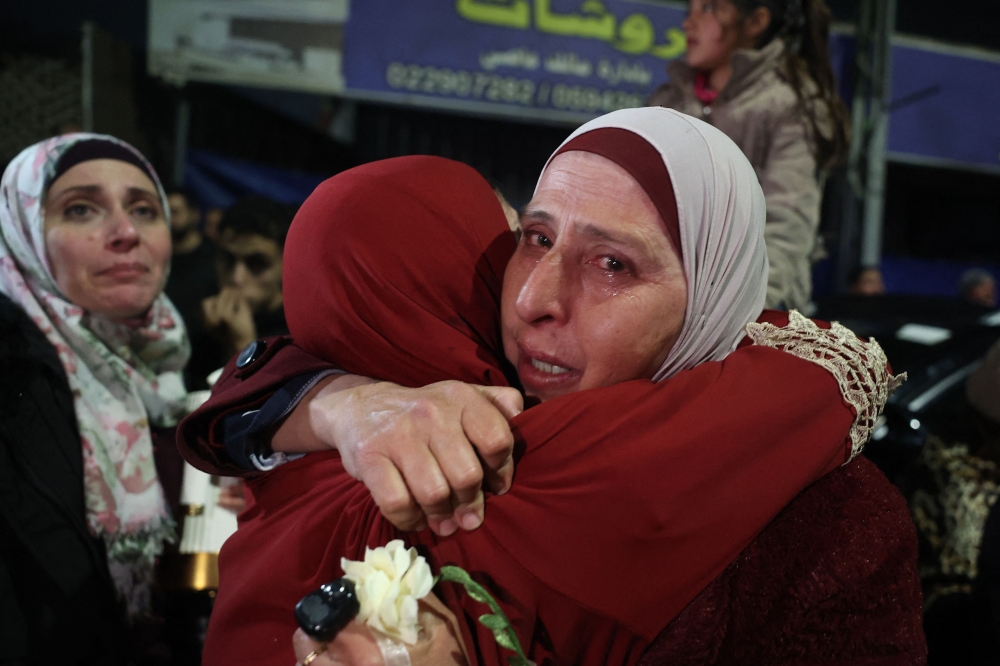
Gaza: Return to Devastation and Relief
The ceasefire allowed Palestinians to return to their homes in Gaza, many of which had been reduced to rubble. Over 600 trucks carrying vital humanitarian aid began arriving in the region, alleviating some of the dire conditions after months of tight Israeli restrictions. Despite this, many residents found their neighborhoods destroyed and are now focused on recovery efforts.
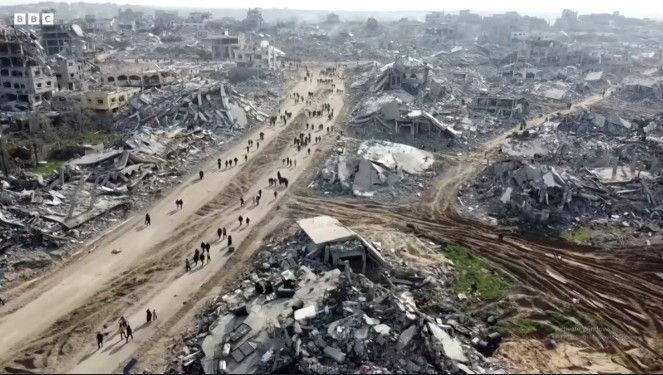
A Fragile Peace
While the ceasefire provides a brief reprieve, the situation remains fragile. Hamas emerged from hiding, and armed groups in Gaza celebrated their release of prisoners. The international community remains cautious, aware that lasting peace hinges on continued negotiations and trust-building. In the meantime, Israel and Hamas have agreed to a six-week truce, during which the release of additional hostages and prisoners is expected.
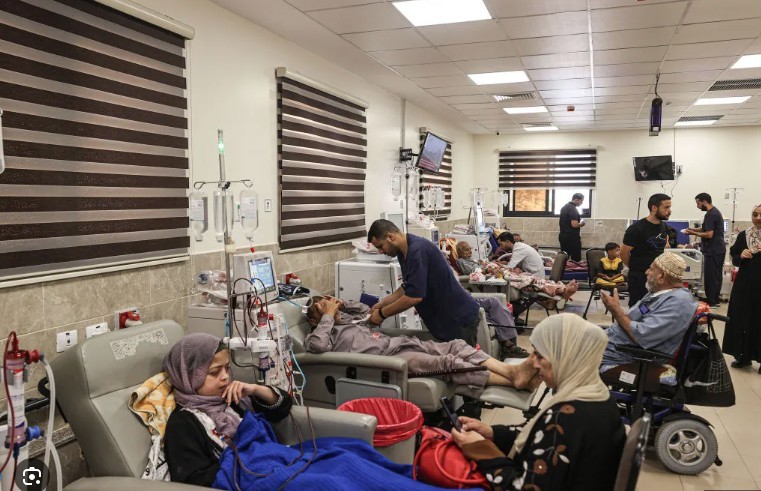
Ongoing Humanitarian Crisis in Gaza
The World Health Organization (WHO) has raised concerns over the devastation of Gaza’s healthcare system, which has been severely damaged during the 15 months of fighting. With only half of the region’s hospitals functioning, the need for medical assistance is urgent. The WHO also warned that the risk of infectious diseases, malnutrition, and famine remains high, further complicating the recovery process.
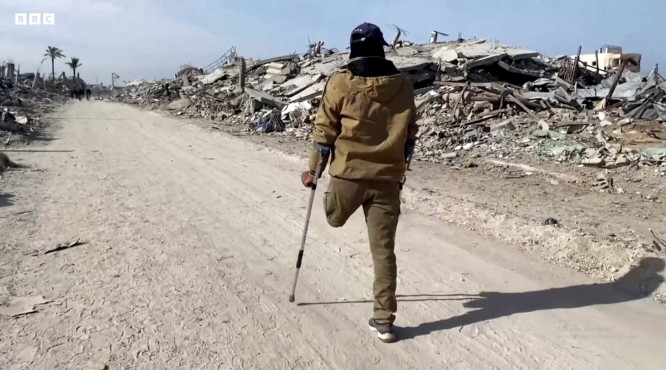
Conclusion:
As the first phase of the ceasefire progresses, the international community watches closely. The road to lasting peace remains uncertain, but for now, both Israelis and Palestinians take a moment to rebuild what has been lost. The success of the ceasefire will depend on the continued commitment of both sides to honor the terms of the agreement.























